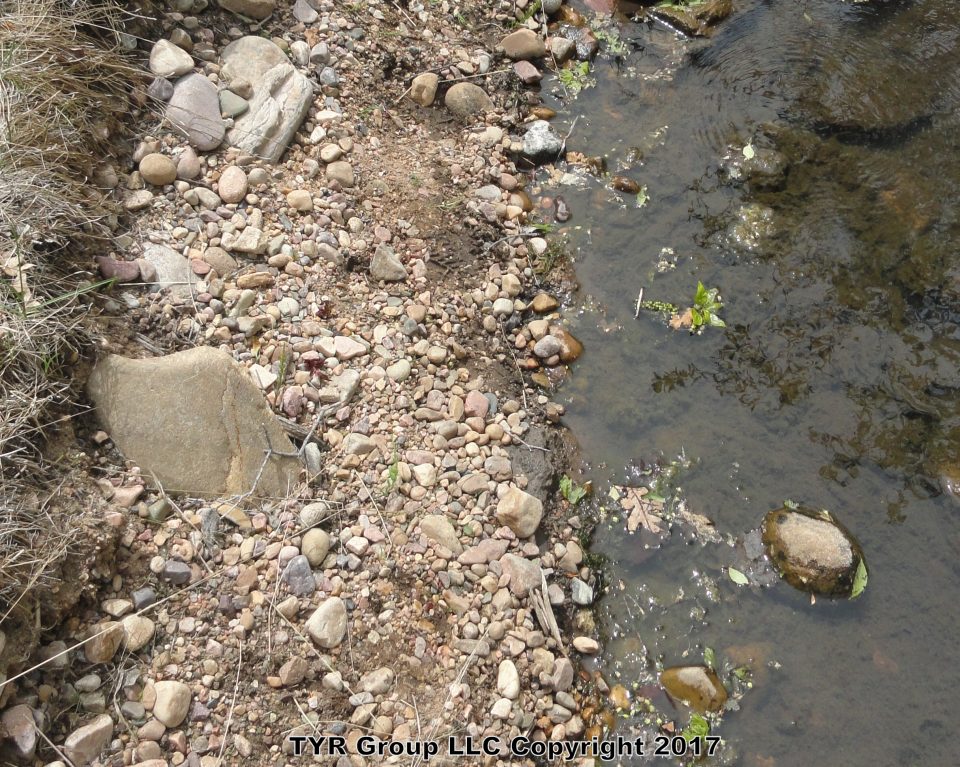
Visual Tracking
Visual Tracking is a term used to describe the visual skill and capability a human uses to detect and follow evidence that trackers call sign. The trained tracker identifies, interprets and follows physical evidence that are disturbances detected within the natural environment. Some disturbances can be in the form of actual foot impressions in the ground, altered vegetation or litter discarded by a specific subject. Human trackers also have the ability to use other senses to detect their subject as well, such as their sense of smell, i.e. the scent of cigarette smoke or cooking fires. Sound or even the lack of sound will also aid the human tracker in detecting his subjects, such as birds startled when someone is near or the lack of sound made by insects when someone is near.
When a man or animal moves over or through the natural environment, they alter the appearances of that environment. By detecting the disturbances which the tracker calls “sign” and interpreting whether or not his subject created it, enables the tracker to follow his subject’s movements. Yet, tracking is not only following footprints, tracking is about finding the subject. A tracker must also interpret the sign, develop patterns of life, as well as read, analyze and exploit the terrain to his advantage to be successful.
There should be no mysticism about tracking. A tracker cannot ask a spirit, animal or tree where the subject went. What does tell a tracker where the subject went, is analyzing and interpreting the “PHYSICAL EVIDENCE” that the subject left behind. The terrain in a sense is a book and each piece of evidence is a word inside the book. A string of physical evidence is a sentence, which builds a paragraph and a story that the tracker interprets. The tracker detects, identifies and follows the evidence of the subject while interpreting what the subject did. At the same time, the tracker attempts to anticipate where the subject will go, as well as answer questions about his subject’s capabilities and intentions.
Tracking, is a skill and capability that anyone can learn. It makes no difference where an individual comes from. Because one comes from a rural area doesn’t mean that they’ll be a better tracker over the one who comes from an urban area. It’s true some people will always be better than others but most people can master the basics of tracking. Tracking and hunting is the natural primitive predatory instinct within man. By learning visual tracking an individual will sharpen their attention to detail while giving them better situational awareness of the environment around them. Knowing what to look for is the first step.
Written by John Hurth
President of TÝR Group LLC and author of “Combat Tracking Guide” published by Stackpole Books. https://www.tyrgroupllc.com/
